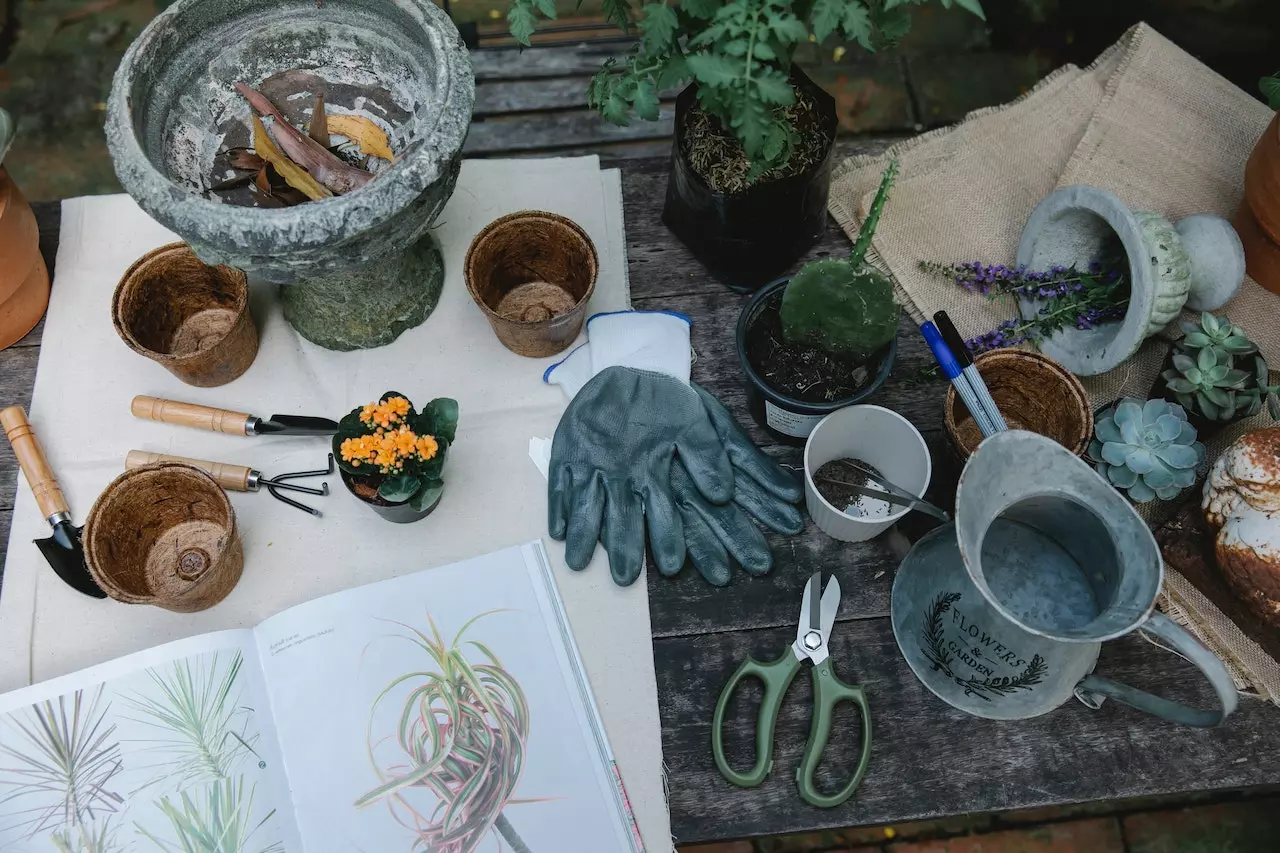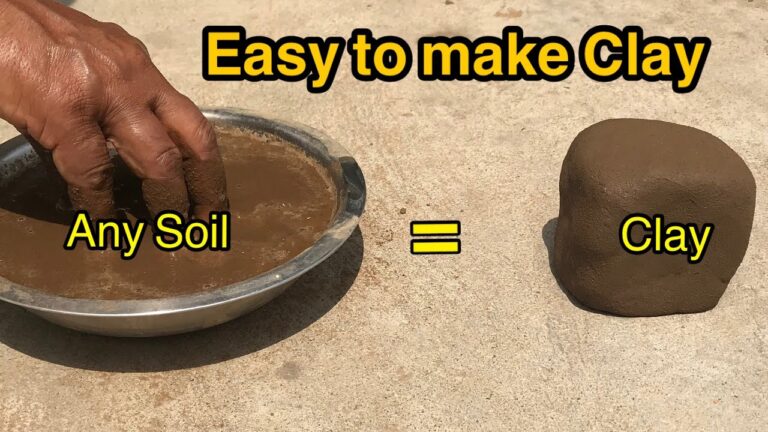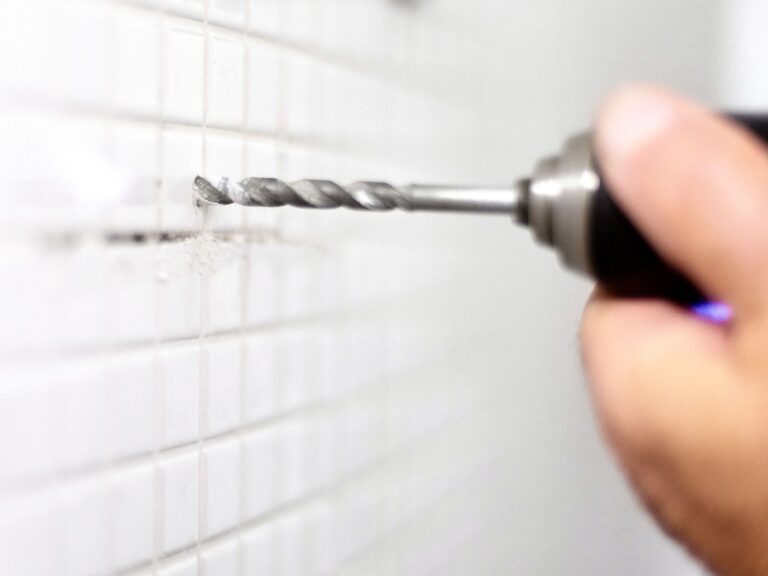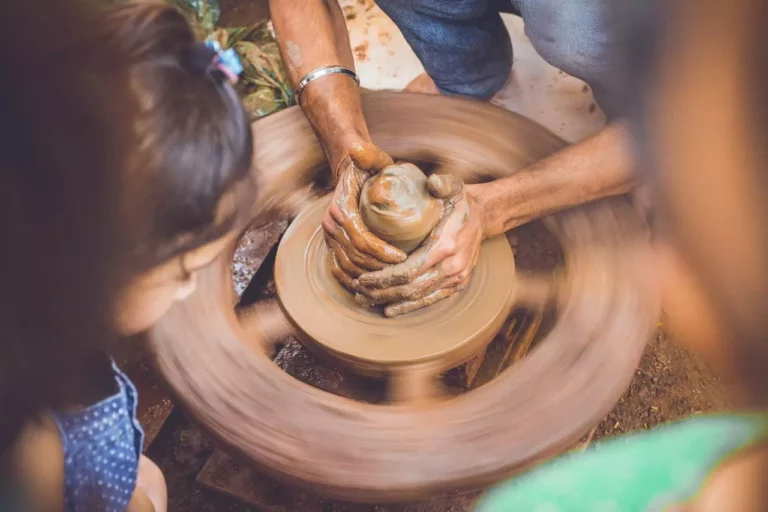What Is Raku Pottery: Everthing You Need To Know
Raku pottery is a unique form of ceramic art that originated in Japan. It has gained popularity around the world due to its distinctive aesthetics and the intriguing firing process. In this article, we will explore the history, techniques, and various aspects of Raku pottery, shedding light on its artistic and cultural significance.
1. Introduction
Raku pottery is a traditional Japanese pottery technique that dates back to the 16th century. It was initially developed as a type of tea ceremony ware for Zen Buddhist practitioners. The name “Raku” derives from the Japanese word meaning “enjoyment” or “ease.”
2. History of Raku Pottery
Raku pottery was first introduced by Chōjirō, a Japanese potter who served as a ceramics master for the tea ceremony during the Azuchi-Momoyama period. Chōjirō’s family continued the Raku tradition, passing down their techniques through generations.
3. Raku Pottery Techniques
Raku pottery involves various techniques, including hand-building and wheel throwing. The clay used in Raku pottery is typically low-fired, which makes it porous and susceptible to thermal shock. This characteristic plays a crucial role in the firing process.
4. Firing Process
The firing process in Raku pottery is one of its defining features. After the pottery piece is shaped and dried, it is placed in a kiln and fired at a relatively low temperature. Once the desired temperature is reached, the pottery is quickly removed from the kiln using tongs and placed in a container filled with combustible materials, such as sawdust or newspaper.
5. Glazing and Finishing
Before the final firing, Raku pottery pieces are glazed using various techniques. The glazes used in Raku pottery often produce stunning and unpredictable results due to the rapid cooling process. The unique color patterns and metallic lusters are highly sought after by collectors and art enthusiasts.
6. Unique Aesthetics
Raku pottery is renowned for its unique aesthetics. The combination of the firing process and glaze effects creates irregular patterns, crackling, and beautiful metallic finishes. The imperfections and organic textures are embraced in Raku pottery, giving each piece a distinct character.
7. Contemporary Raku
While Raku pottery has strong ties to its traditional roots, contemporary artists have pushed the boundaries of this art form. Many artists experiment with unconventional shapes, glazes, and firing techniques, incorporating modern influences into their Raku creations.
8. Collecting Raku
Collecting Raku pottery has become a popular hobby for art enthusiasts. Each Raku piece is considered a unique work of art due to the unpredictability of the firing process. Collectors value the craftsmanship, aesthetics, and cultural significance associated with Raku pottery.
9. Raku Pottery in Art
Raku pottery has transcended its utilitarian origins and is now widely recognized as a form of fine art. Artists around the world use Raku techniques to create sculptures, vases, and other decorative objects. The expressive and tactile qualities of Raku pottery make it a favored medium for artistic expression.
10. Raku Pottery as a Hobby
For individuals seeking a creative outlet, Raku pottery can be a rewarding hobby. Learning the techniques and experimenting with glazes and firing processes can be both meditative and exciting. Many pottery studios and art centers offer Raku pottery classes and workshops to cater to beginners and experienced artisans alike.
11. Raku Pottery Workshops
Attending Raku pottery workshops provides a hands-on experience for enthusiasts. Participants can learn from experienced potters, gain insights into the firing techniques, and create their own Raku pottery pieces. These workshops foster a sense of community among artists and allow for creative exploration.
12. Sustainability in Raku Pottery
In recent years, there has been a growing emphasis on sustainability in Raku pottery. Artists are incorporating eco-friendly practices, such as using locally sourced clay and reducing waste during the firing process. This shift towards sustainability aligns with broader efforts to promote environmentally conscious art practices.
13. Benefits of Raku Pottery
Engaging in Raku pottery offers numerous benefits. It promotes mindfulness, creativity, and self-expression. The tactile nature of clay provides a therapeutic experience, allowing individuals to relax and connect with their artistic instincts. Raku pottery also encourages experimentation and embracing imperfections.
14. Raku Pottery in Interior Design
Raku pottery adds a touch of elegance and artistic flair to interior design. Whether it’s a Raku vase showcasing fresh flowers or a sculpture displayed on a shelf, these unique pieces can serve as captivating focal points within a space. The organic textures and vibrant colors of Raku pottery complement various design styles.
FAQs
Is Raku pottery only used for tea ceremonies?
No, Raku pottery was initially developed for tea ceremonies, but it has evolved into a versatile art form used for various purposes.
Can I create Raku pottery at home?
Yes, you can create Raku pottery at home if you have the necessary materials and access to a kiln. However, it’s important to follow safety guidelines and proper firing procedures.
Why is Raku pottery considered unpredictable?
The firing and cooling processes in Raku pottery lead to unpredictable outcomes. Factors such as temperature variations and glaze effects contribute to the unique and unpredictable aesthetics.
Are Raku pottery pieces functional?
While Raku pottery can be functional, many pieces are primarily created as decorative objects or works of art. The porous nature of the clay may make functional use challenging.
Where can I find Raku pottery for purchase?
Raku pottery can be found in art galleries, craft fairs, and online marketplaces. Local pottery studios and artist studios may also offer Raku pottery for sale.
15. Conclusion
Raku pottery is a captivating art form that has stood the test of time. Its rich history, unique firing process, and aesthetic qualities make it a beloved medium for artists and collectors worldwide. Whether as a hobby, a decorative element, or a form of artistic expression, Raku pottery continues to inspire and engage people in its fascinating world.





